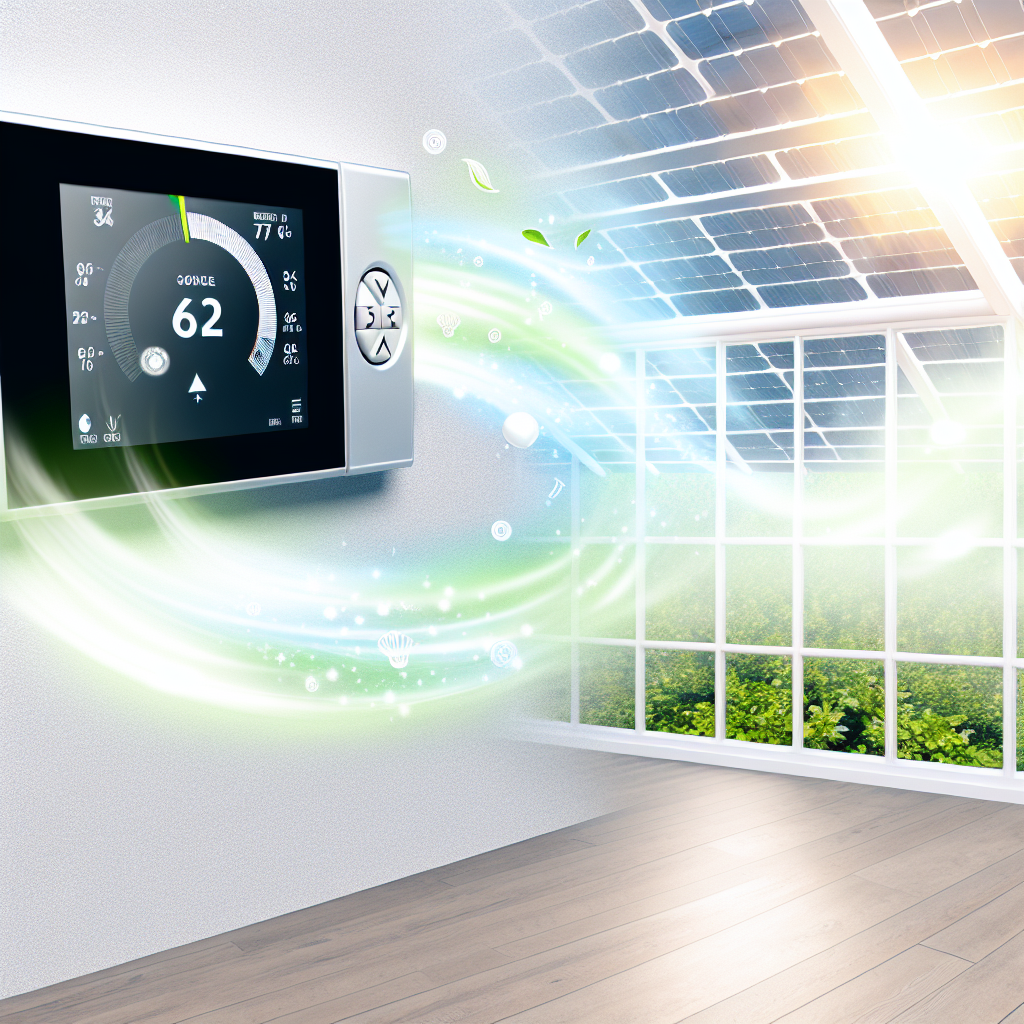Published: Dec 01, 2024

In the realm of residential HVAC systems, energy efficiency is a priority for both homeowners and environmental-conscious citizens. An effective way to optimize energy consumption and reduce utility bills is by installing a programmable thermostat. These smart devices offer versatile scheduling options that enable users to set specific temperatures for different times of the day, ultimately maximizing efficiency and comfort.
Programmable thermostats are designed to regulate the temperature of your home based on pre-set schedules. They allow you to customize heating and cooling settings to match your daily routine, ensuring that your HVAC system operates only when necessary. By programming different temperature settings for various times of the day, you can avoid unnecessary energy consumption during periods when no one is home or when occupants are asleep.
One of the most significant advantages of programmable thermostats is their ability to save energy. By programming your HVAC system to operate at lower or higher temperatures during specific times, you can avoid wasteful energy usage. This practice not only reduces your carbon footprint but also lowers your utility bills significantly over time.
With a programmable thermostat, you can ensure that your home is always at the right temperature when you need it. Whether you want to wake up to a warm living room in the morning or come back to a cool bedroom after a long day at work, these devices offer unparalleled comfort by allowing you to customize your home's climate according to your preferences.
Many modern programmable thermostats come with smart features that allow you to control your HVAC system remotely. Whether you're at work, on vacation, or simply lounging in another room, you can adjust your home's temperature settings using a smartphone app or web interface. This level of control not only enhances convenience but also ensures that you're never wasting energy when no one is home.
To make the most of your programmable thermostat and maximize energy efficiency, consider the following tips:
Set a Consistent Schedule: Establish a routine temperature schedule that aligns with your daily activities. Avoid frequent adjustments that can disrupt the efficiency of your HVAC system.
Utilize Energy-Saving Settings: Take advantage of the energy-saving modes offered by your programmable thermostat, such as vacation settings or adaptive recovery, to minimize energy consumption during idle periods.
Perform Regular Maintenance: Ensure that your HVAC system is properly maintained to guarantee optimal performance. Dirty filters and ductwork can hinder efficiency, leading to increased energy usage.
Utilize Zoning Features: If your programmable thermostat supports zoning, create different temperature zones within your home to tailor heating and cooling based on individual preferences and occupancy.
In conclusion, programmable thermostats are invaluable tools for enhancing energy efficiency and optimizing comfort in residential spaces. By leveraging the scheduling capabilities of these devices and incorporating best practices for usage, homeowners can significantly reduce their energy consumption and contribute to a more sustainable environment while enjoying a comfortable indoor climate.
Take control of your home's energy usage and comfort levels with a programmable thermostat. Maximize efficiency, save on utility costs, and enjoy personalized climate control throughout the day.
**

Our expert technicians are ready to assist you 24/7!
Contact Us Today!Read our latest articles for helpful information about heating, cooling, and air quality.
Regular HVAC maintenance is essential for improving energy efficiency, extending the lifespan of your system, enhancing...
Read MoreImplement these 10 tips to enhance the air quality in your home, promoting a healthier living environment for you and y...
Read MoreRegular seasonal HVAC maintenance is essential for maximizing system efficiency, ensuring indoor air quality, preventing...
Read MoreSmart thermostats offer energy savings, convenience, learning capabilities, and integration with smart home systems, mak...
Read More